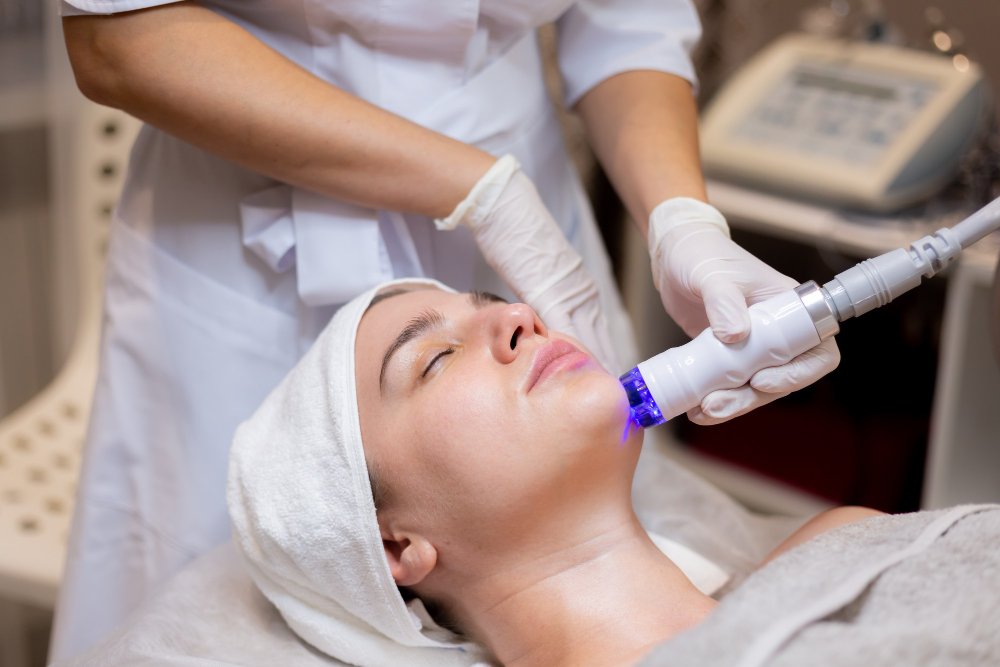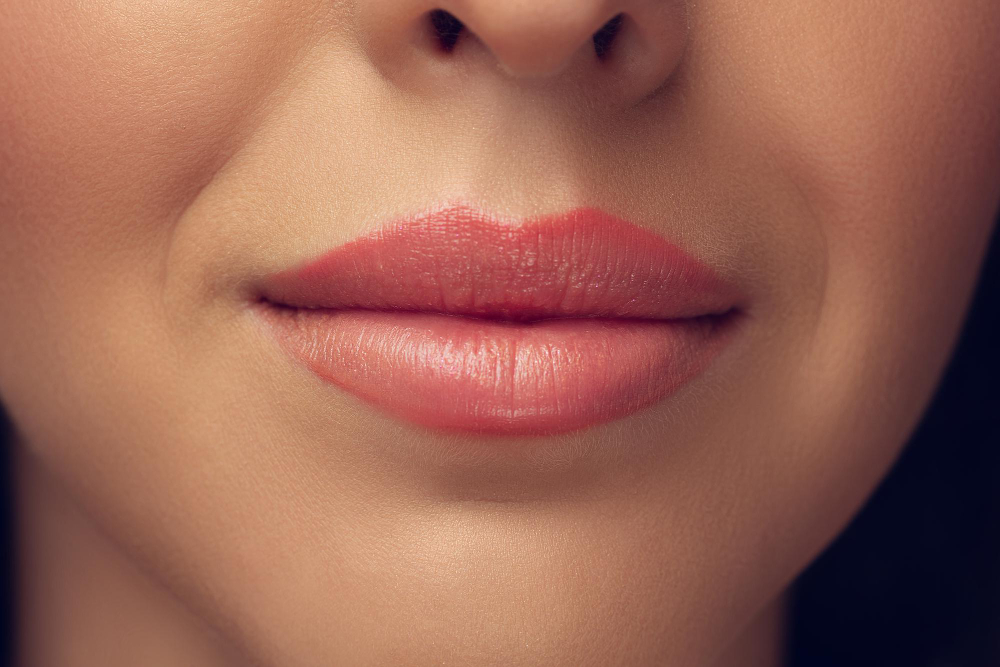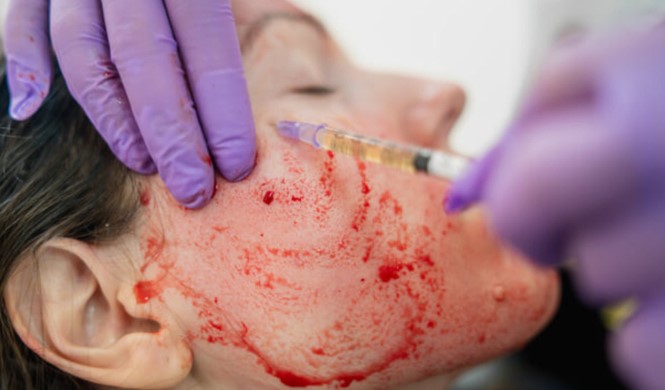Vitiligo is a skin condition characterized by the loss of pigmentation in patches of skin. While it is not a life-threatening condition, vitiligo can have a significant impact on a person’s self-esteem and quality of life. Fortunately, there are several effective treatments available for vitiligo that can help to improve the appearance of the affected skin.
What is Vitiligo?
Vitiligo is a skin condition that occurs when the cells that produce pigment in the skin, called melanocytes, are destroyed. This results in white patches of skin that can appear anywhere on the body, but are most commonly found on the face, hands, and feet.
The cause of vitiligo is not fully understood, but it is believed to be an autoimmune disorder in which the body’s immune system attacks and destroys melanocytes. Vitiligo is not contagious and does not cause any other symptoms besides the loss of pigmentation.
What Are the Treatment Options for Vitiligo?
There are several treatment options available for vitiligo, although not all treatments are equally effective for every patient. The goal of treatment is to restore pigment to the affected skin and to prevent further progression of the condition.
Topical Medications: Topical medications, such as corticosteroids, calcineurin inhibitors, and vitamin D analogs, can be applied directly to the affected skin to help stimulate pigmentation. These medications work by suppressing the immune system, reducing inflammation, and increasing melanin production in the skin.
Phototherapy: Phototherapy involves exposing the affected skin to ultraviolet (UV) light to stimulate pigmentation. There are two types of phototherapy: narrowband UVB and excimer laser. Narrowband UVB involves exposing the skin to a specific wavelength of UVB light, while excimer laser delivers a high-intensity beam of UVB light to the affected skin.
Surgery: Surgical options for vitiligo include skin grafting and tattooing. In skin grafting, a small patch of skin with normal pigmentation is removed from another part of the body and transplanted to the affected area. In tattooing, a special type of tattoo ink is used to match the color of the surrounding skin.
Depigmentation: Depigmentation is an option for individuals with extensive vitiligo that has not responded to other treatments. This involves removing the remaining pigmented skin from the affected area, leaving the skin completely white.
Is Vitiligo Curable?
While there is no cure for vitiligo, treatment can help to improve the appearance of the affected skin and prevent further progression of the condition. The effectiveness of treatment depends on several factors, including the severity of the condition, the location of the affected skin, and the patient’s overall health.
In some cases, vitiligo may go into remission on its own, especially if the patches of affected skin are small. However, it is important to continue monitoring the skin for any new patches or changes in existing patches.
Conclusion
Vitiligo can be a challenging condition to live with, but there are several treatment options available that can help to improve the appearance of the affected skin. If you are experiencing symptoms of vitiligo, it is important to seek the advice of a dermatologist or other medical professional who specializes in skin conditions. They can help you determine the best treatment options for your individual needs and work with you to develop a treatment plan that is right for you.





